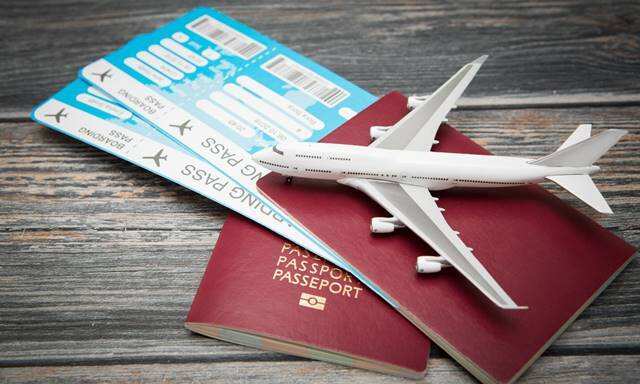New Delhi. Air traveling in India is now more economical than ever. According to a recent report by the International Air Transport Association (IATA), the average price of domestic air tickets has decreased by 21% and international tickets by 38% compared to 2011. Not only this, on some routes, the air fares have become cheaper than the first class fares of the railway.
The 81st annual general meeting (AGM) of IATA was inaugurated on Sunday at Bharat Mandapam in New Delhi, where the report ‘Aviation in India’ was released. In India, the event has been organized after a long gap of 42 years.
Main things of IATA Report:
The focus of the report was “Sasateneable and Dynamic Air Transport Market Development”. It states that the aviation sector in India is not only providing cheaper transport to passengers, but it is also making a big contribution in the country’s economy.
“Indian Aviation Sector creates 77 million jobs and contributes US $ 53.6 billion to the country’s GDP, which is 1.5% of the total GDP.”
Fall in air fares: from the point of view of data
It has been clarified in the report that there has been a tremendous decline in real airfare compared to 2011. Real fare refers to the price in which inflation has been adjusted.
Fare for domestic flights: 79% are reduced to → i.e. 21% reduction as compared to 2011 levels.
Fare for international flights: 62% are reduced to the 2011 level → i.e. 38% decline.
However, during the Kovid-19 epidemic this decline was interrupted for a while, especially on international routes, but now the downward trend is being seen again.
Hawaii Rent VS Rail Fare: Tight Competition
The IATA report has also compared the air and rail fare, which makes it clear that the air travel on many routes is now getting more time saving and a little extra expenditure than the rail-and sometimes even cheaper than the rail!
Example:
That is, now air travel is not only a means of saving time, but it is also becoming a financially practical option.
Consumers benefit from competition
According to IATA’s India, Nepal and Bhutan director Amitabh Khosla:
“India is third in global aviation today and is sixth in cargo transport. Consumers have benefited greatly from competition, as average fare has dropped drastically.”
There are many reasons behind this competition:
Increase and low-cost carriers of private airlines and increase in number of low-cost carriers
Prices have become competitive due to digital booking and dynamic pricing system
Consolidation of airline companies, which reduces the cost of operation and improves the quality of services
Increasing consolidation in airlines: future preparations
Another major point in the report was that the total market share of the top 10 airlines in 2014 was 60.7%, which increased to 90.9% in 2024. This shows that the merger and solidarity of airlines is now laying the foundation of a stable aviation sector.
Important merger:
This has not only improved the operation of these companies, but consumers are also getting better services, more options and cheap fares.
Economic influence and source of employment
The IATA report also stated that the Indian aviation industry is not only limited to passengers, but it is also working as the country’s economic engine:
77 lakh jobs are directly or indirectly associated with this industry
1.5% of India’s total GDP contributes only to the aviation sector
Air travel has become a spine for tourism, trade, investment, medical travel and global contact
India: Now Aviation’s Global Hub
IATA’s organizing AGM in India after 42 years proves that now India is not only a consumer market, but it is becoming the center of global aviation strategy. The possibilities of the aviation region in India are steadily increasing, and this report is a strong sign in the same direction. IATA’s “Aviation in India” report has made it clear that India’s aviation sector is not only developing, but it is rapidly reaching the general public. Aeries are now much less than before, and in some cases they are also competing with rail fare. Demand for rapidly growing air travel, integration of airline companies and technological progress together are creating an atmosphere where India can become not only Asia but also the world’s main aviation hub.










